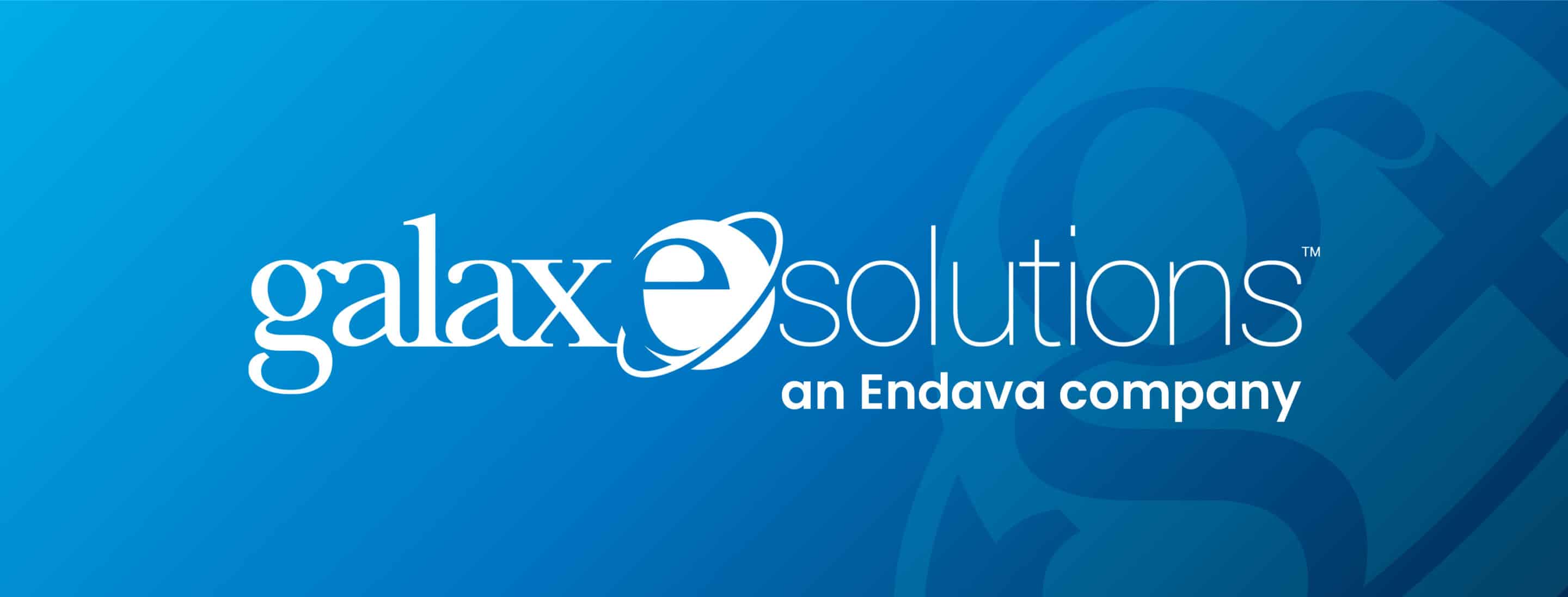Can a machine truly understand language? Twenty years ago it would have seemed strange to see someone speaking to a small handheld device, but in modern society, speaking to a machine is normal practice. We set reminders, send text messages, and even control temperature changes in our homes with nothing more than our voice. All of these examples show a machine’s ability to recognize human language through a method called natural language processing.
The origin of natural language processing dates to the early 1900s, but it wasn’t until the 1950s that the technology started advancing. Early language processing converted human language into machine text but lacked the processing power for true analysis. In the 1980s, advancement in computer technology pushed NLP further with faster and more powerful computations. Today we can process things like the context of speech or text and provide results that are both accurate and useful.
The possible use cases for NLP technologies extend beyond phones and smart home systems. In the healthcare world, it can be used to review customer policies and provide authorizations from providers for services – a process that is currently done manually. This would lead to reduced time being spent on communication that may be vital in some cases.
For electronic health records, NLP reduces errors from manual data entry and can provide better summaries and organization of text. An added benefit being that the information becomes more available for future use, as opposed to being unused or lost in old databases.
There are opportunities in document review for NLP to automate deficiency detection, process changes, and produce language summaries, all while taking the context and sentiment into account. This allows for more accurate and successful documentation without manual evaluation.
Education enhancement is another exciting use case for NLP. For example, a chatbot can help students learn other languages in a fun and interactive way that increases engagement versus the traditional book and paper methods.
Still, there are many challenges with natural language processing. One is a lack of data. For a machine to learn the proper patterns, it needs to process a lot of data. The more data that it analyzes the better the statistical model and the more accurate the results.
The immense amount of computational power that is required for high-level NLP poses another challenge. Hardware can be very costly which limits the scope of the potential user base.
There are also challenges with context and sentiment in language since there can be a lot of gray area, just like in human communication. This can lead to false positives and inaccurate predictions.
What is the future for natural language processing? While it has come a long way, there is a long way to go. With the ever-changing landscape of AI and the vast amounts of new data being collected daily, NLP has a secured spot in the evolution of machine learning. We can expect to see the complexity and accuracy of NLP technologies increase in the coming years.
For a more in-depth discussion on this topic, please listen to our podcasts to hear directly from our industry experts. Part 1 of the conversation can be found here.







